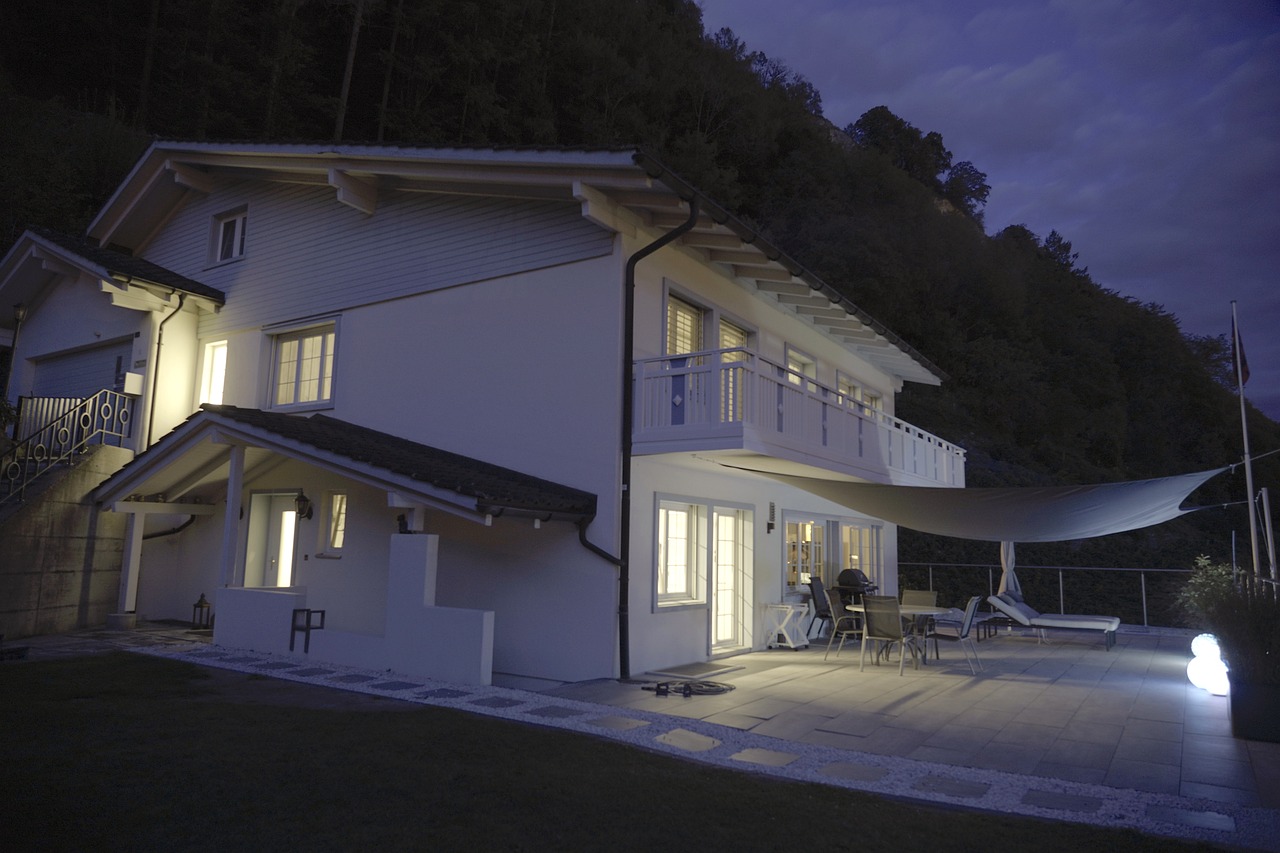How to Design a Sustainable Pool House
When considering sustainable practices in site planning, it is essential to prioritize the use of renewable resources and minimize energy consumption. This can be achieved by incorporating passive design strategies, such as orienting buildings to maximize natural light and ventilation. Additionally, the selection of durable and locally sourced materials can reduce the environmental impact of construction while promoting the longevity of the built environment.
Furthermore, the integration of green spaces and water-efficient landscaping features can enhance the ecological balance of a site. Implementing rainwater harvesting systems and permeable paving techniques can help mitigate the effects of stormwater runoff and promote groundwater recharge. By carefully planning and designing for sustainability from the outset, developers and designers can create spaces that not only benefit the environment but also provide long-term economic and social value.
Site Analysis and Orientation
When considering the development of a sustainable property, taking into account site analysis and orientation is crucial. Site analysis involves examining the physical attributes of the location, such as topography, soil quality, vegetation, and existing structures. These factors provide valuable insights into how to best utilize the land while minimizing environmental impact.
Moreover, the orientation of a building can significantly impact its energy efficiency. By strategically positioning a structure in relation to the sun’s path, wind patterns, and natural elements like trees or bodies of water, designers can optimize natural light, heating, and cooling within the space. Careful consideration of these factors during the planning stages can lead to a more sustainable and environmentally friendly construction project.
Why is site analysis important in sustainable planning?
Site analysis helps in understanding the unique characteristics of a site such as topography, vegetation, climate, and existing infrastructure, which are crucial in making informed decisions for sustainable development.
What factors are considered in site analysis?
Factors such as solar orientation, wind patterns, water access, soil quality, and existing vegetation are commonly considered in site analysis to optimize the design for sustainability.
How does site orientation impact sustainability?
Proper site orientation can maximize natural daylight, reduce energy consumption for heating and cooling, and enhance indoor comfort, all of which contribute to the overall sustainability of a building or development.
Can site analysis help in minimizing environmental impacts?
Yes, site analysis can help in identifying sensitive areas such as wetlands or wildlife habitats that should be preserved, as well as in designing buildings and infrastructure to minimize disruption to the natural environment.
How does site analysis contribute to resilient design?
By understanding the site’s vulnerabilities to natural hazards such as floods or wildfires, site analysis can inform design decisions to enhance resilience and adaptability, ensuring the long-term sustainability of a project.





